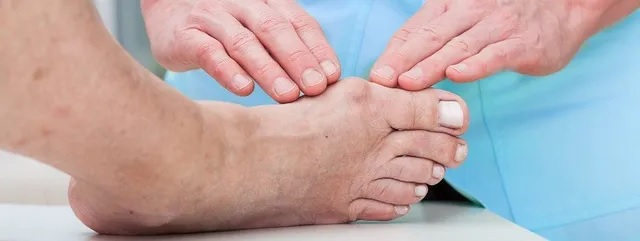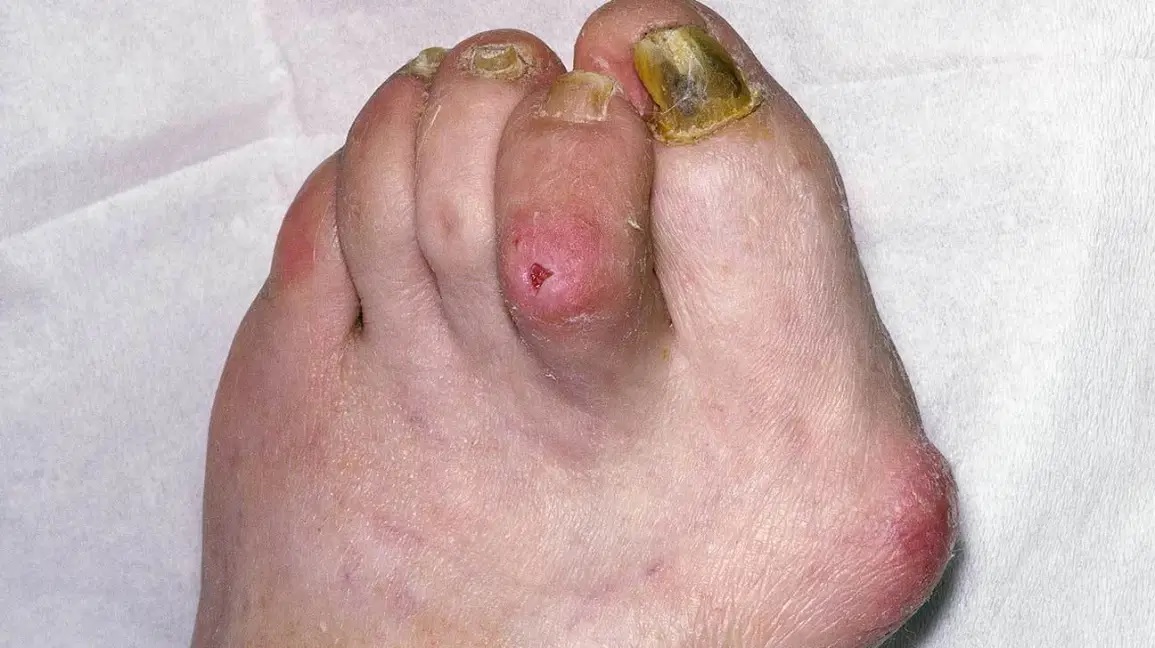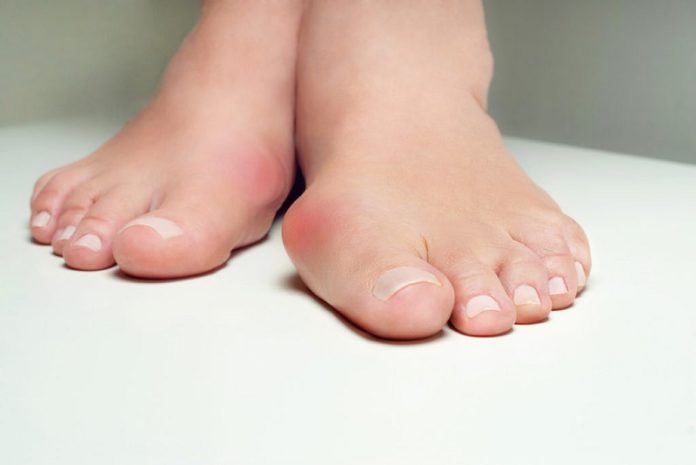Dhealthwellness.com – When you’re young, your feet are naturally strong and well-shaped, but as you age, the arches in your feet can begin to collapse. This condition is known as flat foot, and it can occur for a variety of reasons, including a congenital defect or an injury to the posterior tibial tendon. It can also be acquired as a result of poor-fitting footwear or rapid weight gain.
The Most Common Types of Foot Deformities
While some deformities aren’t painful, others can cause problems. Misaligned bones and tendons can cause abnormal strain on other joints and tendons, resulting in conditions like osteoarthritis. Oftentimes, these problems cause pain in other parts of the body, including the hips and knees. Toe deformities can be painful and affect your mobility. Listed below are the most common types of foot deformities.
Splayfoot. This deformity causes the metatarsal bones to spread out and place more pressure on the middle bones of the forefoot. In some cases, a child may have this deformity and not even realize they have it. In such cases, calluses can develop. In a mild case, the big toe may lean inwards toward the neighboring toes. When this condition occurs in an infant or child, it’s relatively easy to correct.

Children with spinal cord defects often suffer from foot deformities. These are often caused by malpositioning the foot during pregnancy and decreased fetal movement. A foot deformity may be treated with serial casting, which gradually realigns the foot position. However, if this treatment is unsuccessful, surgical intervention may be necessary. If you think your child suffers from one of these foot deformities, it’s important to seek proper medical attention immediately to determine the best treatment.
Another Type of Foot Deformity is Clubfoot
Another type of foot deformity is clubfoot. A clubfoot occurs when muscles on one side of the foot are shorter than on the other. This causes the foot to turn inward, which forces a person to walk on the outside of the foot. The first step in treating clubfoot is to diagnose the child while they’re still a baby to avoid permanent deformity. A doctor will recommend treatment when the child is still an infant to prevent further complications.
Symptoms of a foot deformity vary, but there is no definitive answer to a patient’s symptoms. Most deformities are harmless and cause no significant problems, but more serious cases of deformity can lead to medical problems and amputation. For example, the feet of children with flat feet often have fallen arches, but this doesn’t mean they can’t walk. They usually heal well as they grow into teenagers, but surgery may be necessary to correct the problem.

A physical examination can help a doctor diagnose foot deformities. A doctor will analyze the shape of the foot, as well as the joint’s position, and determine whether or not the foot deformity is serious. He or she will also examine the musculoskeletal system to determine if the deformity is affecting the knees, hips, or spine. If the diagnosis is made, X-rays or CT scans may be necessary to identify affected bones and tendons.
Hammer Toe Definition and Medical Treatment
Hammer toe is another common foot deformity. Hammer toe is a condition in which the middle joint of a toe is bent upward and the toe curls inward. If left untreated, the deformity may become rigid and immovable. For this reason, it is recommended to seek medical treatment as soon as possible. Moreover, a bunion, a bony outgrowth at the base of the big toe, is often present alongside hammer toe.
Treatment options for these deformities depend on the underlying cause. Conservative measures can include using specially designed shoes with enlarged toe box areas. The surgeon will also insert pins to keep the toe in place while it heals. Depending on the severity of the deformity, surgical intervention may be necessary. The goal of surgery is to correct the deformity and improve the patient’s mobility. In the best-case scenario, surgery is not necessary, but it is an option to consider for some patients.

There are many different kinds of foot deformities. Some are congenital, while others are acquired. Metatarsus adductus, the most common, occurs in 1 in 1000 live births. It occurs equally in males and females, and in 50% of cases, it is bilateral. If the condition is detected early, treatment is simple. And there is a cure for most foot deformities!
